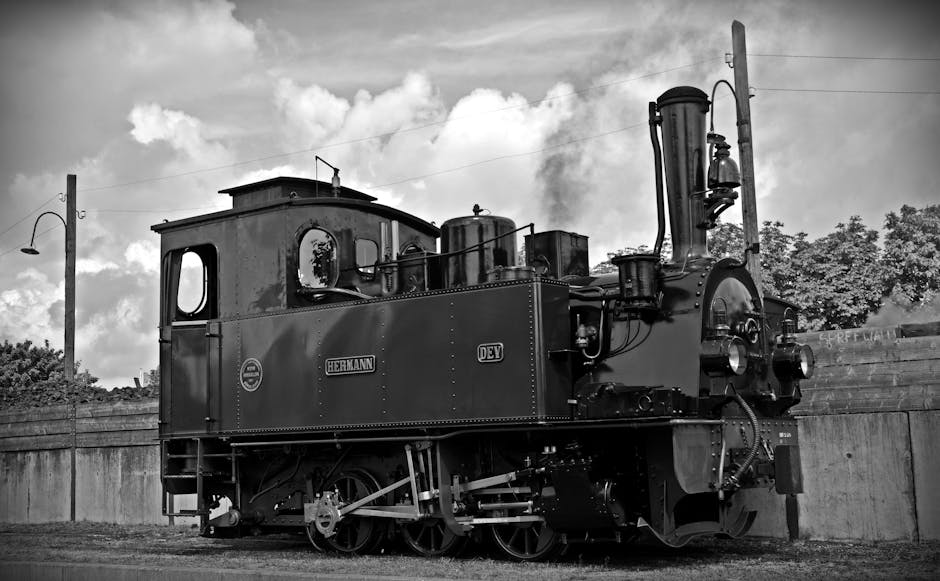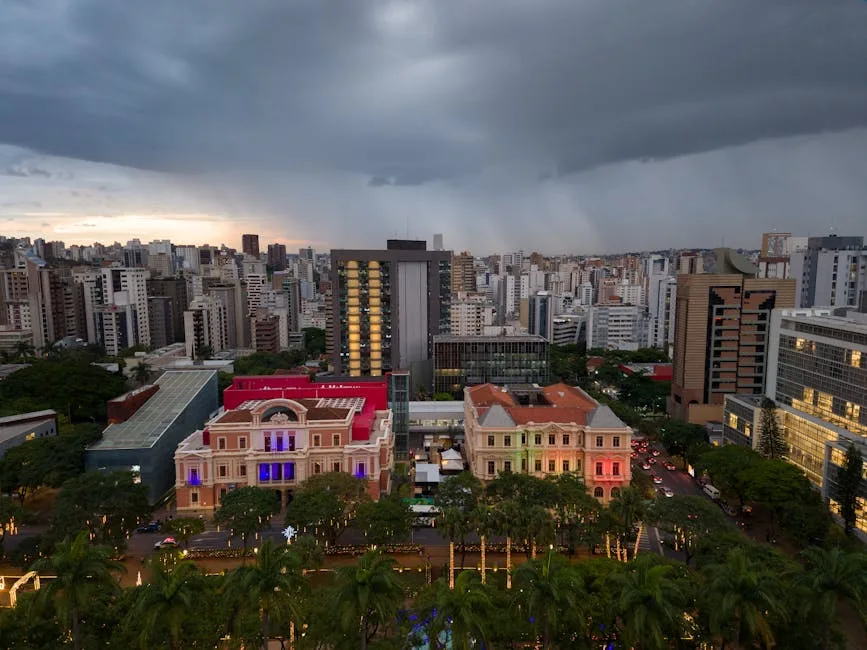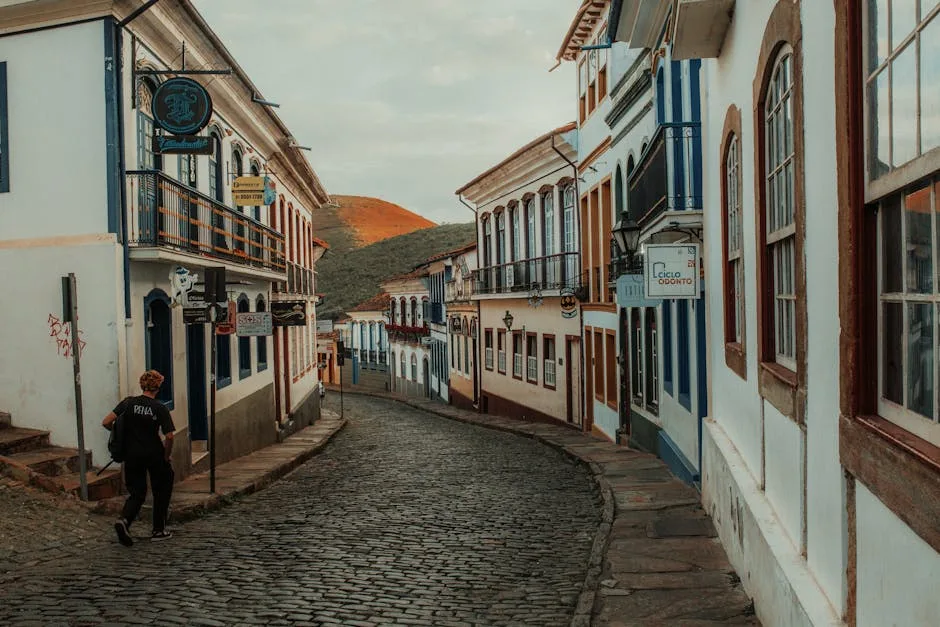brazil, a land celebrated for its vibrant culture, stunning natural beauty, and warm hospitality, holds a fascinating secret in its heartland: a rich and dramatic history shaped by a fervent pursuit of gold. This story unfolds most vividly in the state of Minas Gerais, whose very name means ‘General Mines.’ Here, nestled amidst rolling hills and lush landscapes, lie a collection of historic cities that stand as living museums, echoing tales of colonial wealth, artistic brilliance, and the transformative power of a gold rush that changed the course of a nation.
If you’re a history enthusiast, an architecture aficionado, or simply someone who loves to wander through places steeped in character, then a journey through Minas Gerais’ historic cities is an absolute must. It’s an opportunity to step back in time, to walk the cobbled streets where immense fortunes were made and lost, and to witness the enduring legacy of a period that left an indelible mark on Brazilian identity.
The Lure of Gold: How It All Began
The late 17th century saw the discovery of vast gold deposits in what was then a remote, unexplored interior region of Brazil. This discovery ignited one of the greatest gold rushes in history, drawing thousands of adventurers, prospectors, and enslaved people from all corners of the Portuguese Empire and beyond. The promise of unimaginable wealth led to the rapid development of towns and cities, transforming the landscape and creating a new economic heart for the colony, shifting power away from the coastal sugar plantations.
This period, lasting for much of the 18th century, brought both immense prosperity and significant challenges. It fostered an explosion of unique Brazilian Baroque art and architecture, fueled by the seemingly endless supply of gold and precious stones. However, it also cemented a system of exploitation, particularly of enslaved African people, whose labor was the backbone of the mining industry. Visiting these cities today means engaging with this complex legacy – admiring the beauty while acknowledging the human stories behind it.
Ouro Preto: The Black Gold Jewel
Perhaps the most iconic of all the gold rush cities, Ouro Preto (meaning ‘Black Gold’) is a UNESCO World Heritage site and a breathtaking example of colonial Baroque architecture. Its name comes from the dark-colored gold nuggets found in the region, which were often mixed with iron oxides. Founded in 1698, it quickly became the epicenter of the gold rush, and for a time, one of the most populous cities in the Americas.
Wandering through Ouro Preto is like stepping onto a meticulously preserved film set. The city’s steep, winding cobblestone streets are lined with beautifully preserved colonial buildings, grand churches, and charming squares. Each turn reveals a new vista, a hidden chapel, or a vibrant artisan shop. Don’t miss the chance to explore the Church of São Francisco de Assis, a masterpiece designed by the legendary sculptor Aleijadinho, whose intricate carvings and detailed facade are truly awe-inspiring. The Church of Nossa Senhora do Pilar, with its lavish interior adorned with hundreds of kilograms of gold, is another must-see that showcases the sheer wealth of the era. The Casa dos Contos, a former gold smelting house, now a cultural center, offers fascinating insights into the administration of the gold trade and the life of the period.

Mariana: Brazil’s First Capital in Minas Gerais
Just a short, scenic drive from Ouro Preto lies Mariana, a city that holds the distinction of being the first capital of Minas Gerais. Founded in 1696, it predates Ouro Preto and offers a slightly different, perhaps more serene, experience of colonial history. Mariana’s charm lies in its well-preserved historical center, tranquil atmosphere, and impressive churches.
The Praça Minas Gerais is the heart of the city, flanked by three magnificent churches: the Cathedral of Sé, the Church of São Francisco de Assis, and the Church of Nossa Senhora do Carmo. The Cathedral of Sé is particularly notable for its German-made pipe organ, which still plays regular concerts, filling the sacred space with hauntingly beautiful music. Take a stroll along the historic Rua Direita, visit the Casa de Câmara e Cadeia (former city hall and prison), and consider a visit to the Mina da Passagem, one of the largest gold mines accessible to tourists in the world, offering a unique underground adventure into the heart of the gold extraction process.
Tiradentes: A Gem of Colonial Charm
Further afield, yet equally captivating, is the picturesque town of Tiradentes. Named after a national hero of the independence movement, Joaquim José da Silva Xavier (known as Tiradentes), this town boasts an incredible state of preservation and a vibrant artistic scene. Its narrow, stone-paved streets, whitewashed houses with colorful trim, and impressive Baroque churches make it incredibly appealing.
Tiradentes is renowned for its artisan workshops, boutique inns, and excellent regional cuisine. The Church of Santo Antônio, with its stunning gold-leaf interior and a facade attributed to Aleijadinho, is the town’s architectural crown jewel. You can also visit the Museu de Sant’Ana, which houses a fascinating collection of religious statues, or simply enjoy getting lost in its charming streets, discovering unique crafts and enjoying the peaceful atmosphere. The town also has a historical train station, offering a scenic steam train ride to the neighboring São João del-Rei, a delightful way to experience the landscape.
São João del-Rei: A Royal and Republican Legacy
Connected to Tiradentes by the aforementioned historic steam train, São João del-Rei is a larger, bustling city with a deep connection to both the colonial era and Brazil’s republican history. It’s known for its many churches, its distinctive twin towers, and its strong cultural traditions, including its celebrated Holy Week processions.
The city’s Baroque churches are incredibly ornate, reflecting the wealth accumulated during the gold rush. The Church of São Francisco de Assis, another masterpiece with Aleijadinho’s influence, stands proudly on a hill, offering panoramic views of the city. Don’t miss the Cathedral of Nossa Senhora do Pilar and the Church of Nossa Senhora do Carmo, each offering a unique glimpse into the artistic and religious fervor of the period. São João del-Rei is also home to the Federal University of São João del-Rei (UFSJ), which adds a youthful energy to the historical setting. The Memorial Tancredo Neves honors the prominent Brazilian politician and former president, offering insights into the country’s more recent history.

Congonhas: Aleijadinho’s Masterpiece in Stone
While a smaller town compared to its neighbors, Congonhas holds an immense treasure: the Sanctuary of Bom Jesus de Matosinhos, another UNESCO World Heritage site. This incredible complex is home to the most significant collection of works by the legendary sculptor Aleijadinho. His 12 Prophets, carved in soapstone and standing majestically on the church’s terrace, are powerful, expressive figures that showcase his unparalleled genius, especially considering he executed them while suffering from a debilitating illness.
Inside the sanctuary, a series of six chapels depict the Stations of the Cross, with lifelike, polychromed cedar wood sculptures of biblical scenes. These dramatic and emotional works are considered some of the finest examples of 18th-century religious art in the world. Visiting Congonhas is a deeply moving experience, offering a profound appreciation for Aleijadinho’s enduring legacy and the spiritual artistry of the Baroque period.
The Royal Road (Estrada Real): Tracing the Gold Trail
Many of these historic cities are connected by what was once the ‘Estrada Real’ or Royal Road. This network of trails, originally trodden by indigenous peoples and later expanded by Portuguese colonists, was the official route for transporting gold and diamonds from the mines of Minas Gerais to the ports of Rio de Janeiro and Paraty for shipment to Portugal. Today, the Estrada Real has been revitalized as a cultural and historical tourism route, inviting travelers to follow in the footsteps of miners, soldiers, and royalty, exploring the landscapes and communities that thrived along its path. It offers a fantastic framework for an extended exploration of the region, allowing you to connect these golden cities and discover smaller, equally charming towns along the way.
Exploring Minas Gerais’ historic cities is more than just a sightseeing trip; it’s an immersive journey into a pivotal chapter of Brazilian history. It’s a chance to witness the grandeur and intricate details of a unique artistic movement, to ponder the lives of those who shaped this land, and to feel the echoes of a distant past that continue to resonate in the vibrant culture of Brazil today. Each cobblestone, each gilded altar, and each weathered facade tells a story, waiting for you to discover it.





